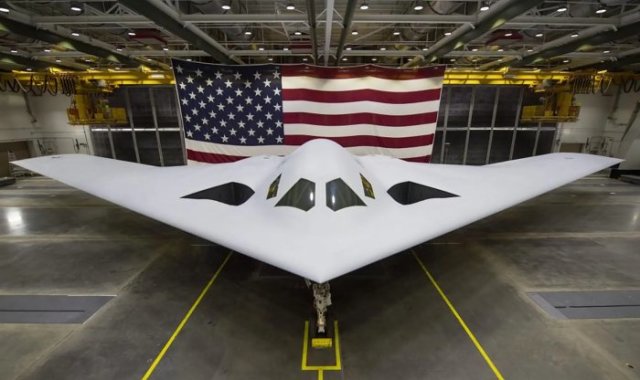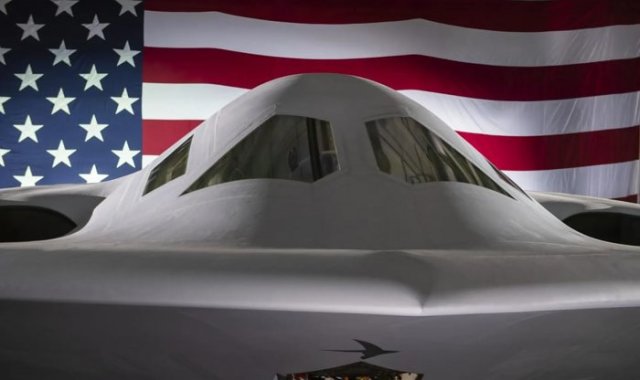
B-21 Raider After the first "cautious" presentation of the new B-21 Raider strategic bomber at the end of 2022, the command of the US Air Force published two new images that allow you to get a more complete picture of it.
Recall that by 2050, the B-21 should completely replace the outdated strategic bombers B-52, B-1 and B-2. [...]
One of the main advantages of the newcomer is the "unprecedented range", which makes it possible for the Air Force command to completely abandon bases outside the United States. In addition to destroying strategic objects on enemy territory, the B-21 will be engaged in reconnaissance, electronic warfare, provide communications and perform a number of other functions. Having a high degree of autonomy and working in conjunction with AI, the Raider can be used as a drone — including for controlling a group of drones.

B-21 Raider Judging by the new images, the B-21 inherited a lot from its "ancestor" — the B-2 Spirit.
It differs from him in a more effective and durable stealth coating of grayish-white color. The photo gives some idea of its structure. Obviously, we are talking about a composite material resembling a fabric laid in layers in the form of ribbons. A special stacking configuration should ensure better dispersion of radar signals. The coating also covers the inlet openings of the air intakes. Significantly improved aerodynamics due to a smoother transition of the chassis nacelles into the body and streamlined air intakes. The engines are located at a considerable distance from them, which should significantly reduce the thermal signature. The tail and exhaust vents of the B-21 are practically not visible in the picture. Apparently, they are also more smoothly integrated into the airframe (the aircraft is built according to the "flying wing" scheme). It is not entirely clear what the flat panels behind the wings are for. It is possible that these are satellite communication antennas. In total, the Pentagon is going to buy a hundred B-21s. The first Raider will enter service in four years.
Alexander Ageev


